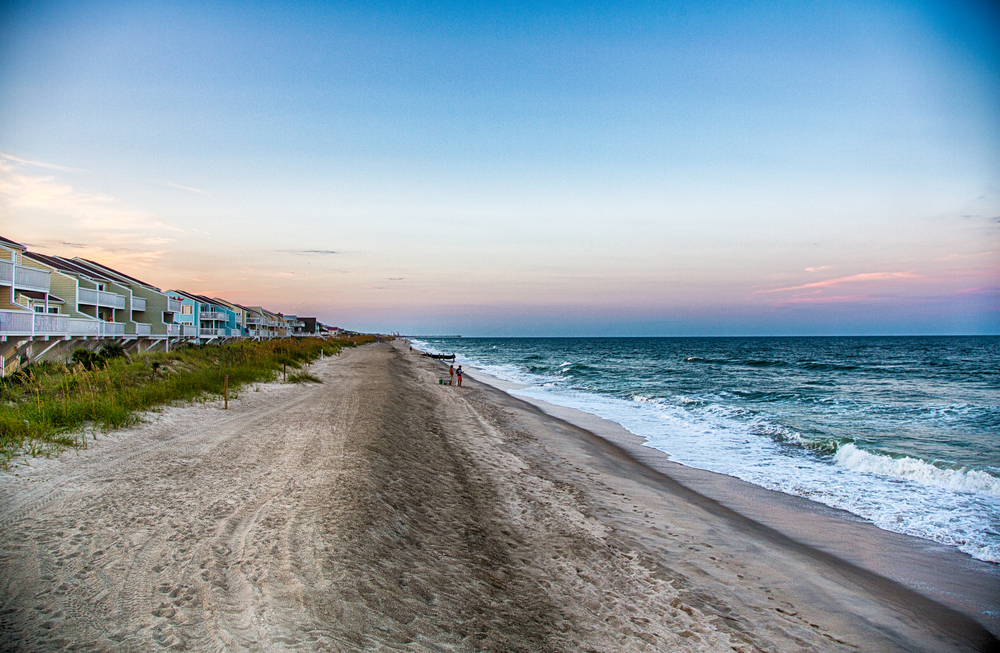Hurricanes in North Carolina

Hurricane season is here, and North Carolina Insurance Commissioner is reminding homeowners that now is a great time to put a flood insurance policy in place.
North Carolina Insurance Commissioner Mike Causey pointed out in a recent interview that when Hurricane Florence hit last year, FEMA estimated less then 135,000 North Carolinians had flood insurance in force. This is a pretty dismal number considering that North Carolina currently has more than 10 million residents.
Causey also reminded North Carolina residents that most homeowner insurance policies don’t cover flood damage and it’s not a good idea to wait until a storm is coming to buy coverage. “Once there’s a named storm, there’s a moratorium on buying new insurance policies,” he said in a recent press release.
Flood Insurance 101
Flood damage is almost never covered by a North Carolina homeowners insurance policy, you must have a separate flood insurance policy in place to be protected from flood damage. While flood insurance can be pricey, depending on where you home is located, it can be a financial lifesaver if your home is flooded.
Flood insurance can be purchased from the National Flood Insurance Program (NFIP) or from private insurers. NFIP policies are backed by the federal government and are sold by regular insurance agents. Private insurance may be available depending on where your property is located, private insurers do not always write policies in high-risk areas.
Flood insurance can be expensive, but it will be well worth the cost if your home is damaged by flooding. According to data from FEMA, just one inch of water in your home can cause over $25,000 in damage and if you are not carrying a flood insurance policy you will be on the hook for the damages.
It’s not just people in high risk areas that need to consider flood insurance. Statistics from FEMA show that over 20 percent of flood claims are for properties outside of high-risk flood areas. Policies tend to be more affordable in these areas and are a great way to fully protect your home.
Flood insurance purchased through the NFIP does come with some limitations. The maximum coverage limit is capped at $250,000 which means that if it would cost more than that to rebuild your home you will need to find additional coverage in the private market. NFIP policies also have a coverage limit on your personal property of $100,000 which you will need to supplement if it would take more than $100,000 to replace your personal possessions.
Flood insurance policies also come with a waiting period so you cannot wait until a storm is formed and headed your way to purchase protection. NFIP policies have a 30-day waiting period before they go into effect and most flood insurance policies written by private insurers have at least a 10-day waiting period but many come with a 30-day period.
Flood insurance costs vary depending on where your home is located and if you are oceanfront you can expect a major bill but in most cases it is very affordable for the protection it provides. According to NFIP data, the average price of a flood insurance policy is currently $700 a year.
Pricing in the private market will vary but we suggest you shop both NFIP policies as well as private market insurers to see which one makes the most sense for your situation.
A Few Tips from the Commissioner
Here are a few final tips put out by Commissioner Causey’s office to help you prepare for hurricane season:
- Compile important documents: Gather important paperwork, including insurance policies, medical records, and prescriptions. Be prepared to bring copies with you if you must evacuate.
- Create a home inventory: Go room to room and write down your brand name, description, estimated value and date of purchase of items in your home. It is also helpful to compile receipts, appraisal documents and serial numbers. Take videos or photographs of your belongings. Store your home inventory and related documents in a safe, easily accessible place online, on your smartphone, on your computer or in a fireproof box or safe deposit box.
- Identify potential hazards around your home:Hanging tree branches, loose shingles, patio furniture and other outdoor objects can cause damage or injuries in a storm. Make repairs or secure large objects to reduce the threat.
- Review contact information: Make sure you have up-to-date contact information for your insurance agent and insurance company. Also, make sure your insurance agent and company have your accurate contact information.
- Keep cash on hand: If the power goes out, credit and debit cards many not work. You’ll need cash to replenish supplies.
- Have a battery-powered radio: If electricity is out and cell towers are down, radios are the best way to know what’s going on.
- Have plenty of water: Widespread power outages could make tap water unsafe to drink. The rule of thumb is to have a gallon of water for every family member and pets.
